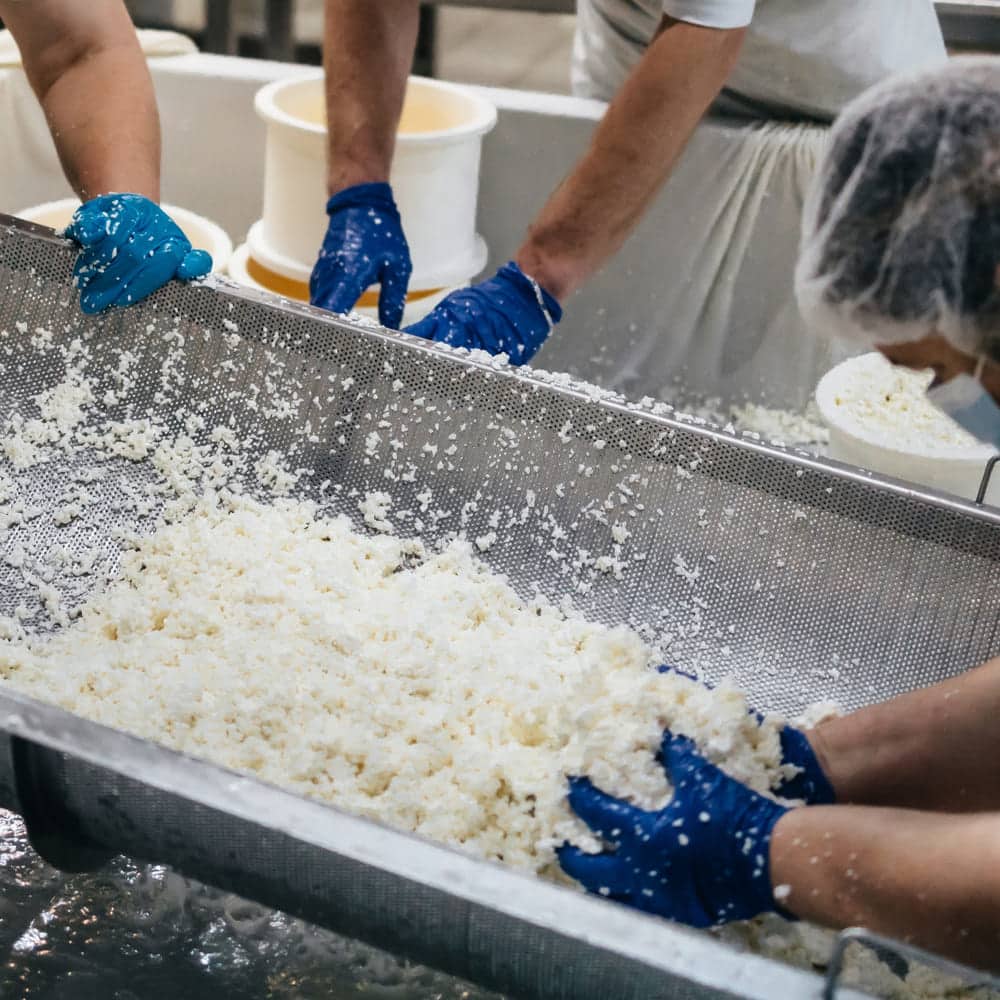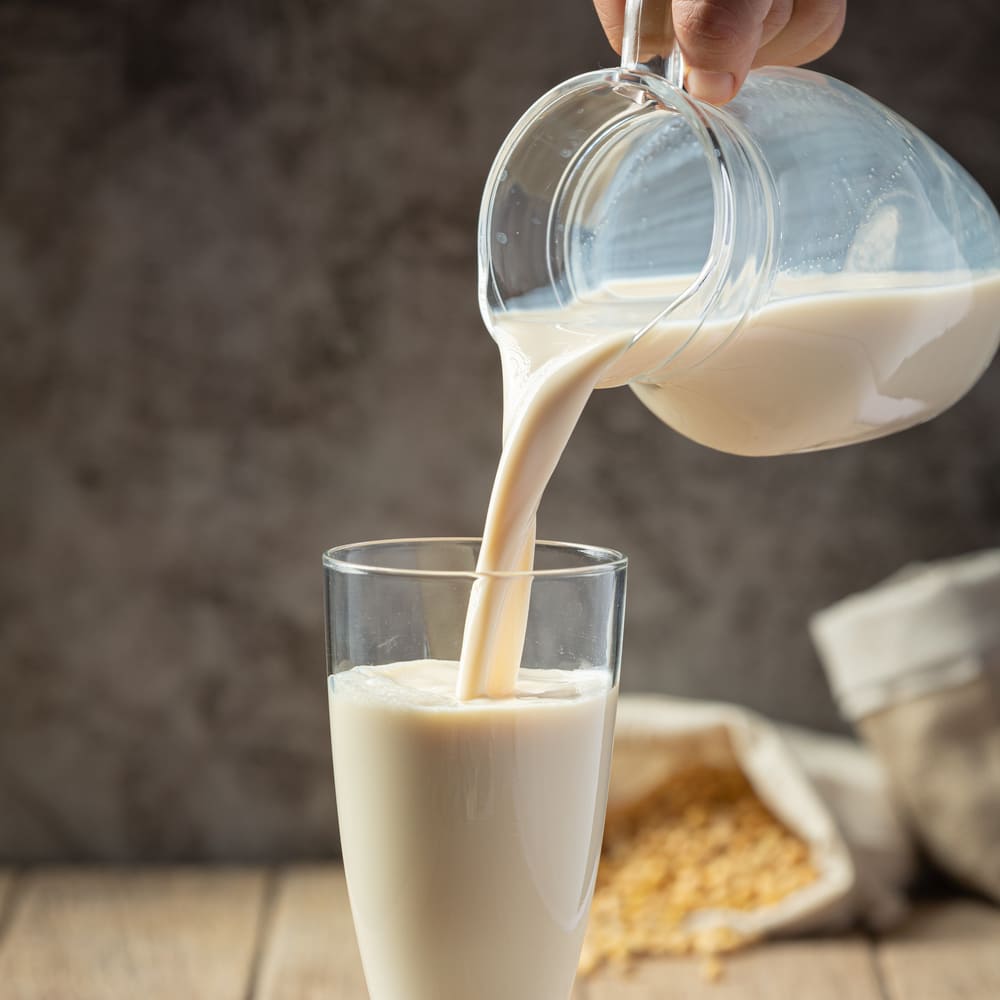The families
Fresh cheeses
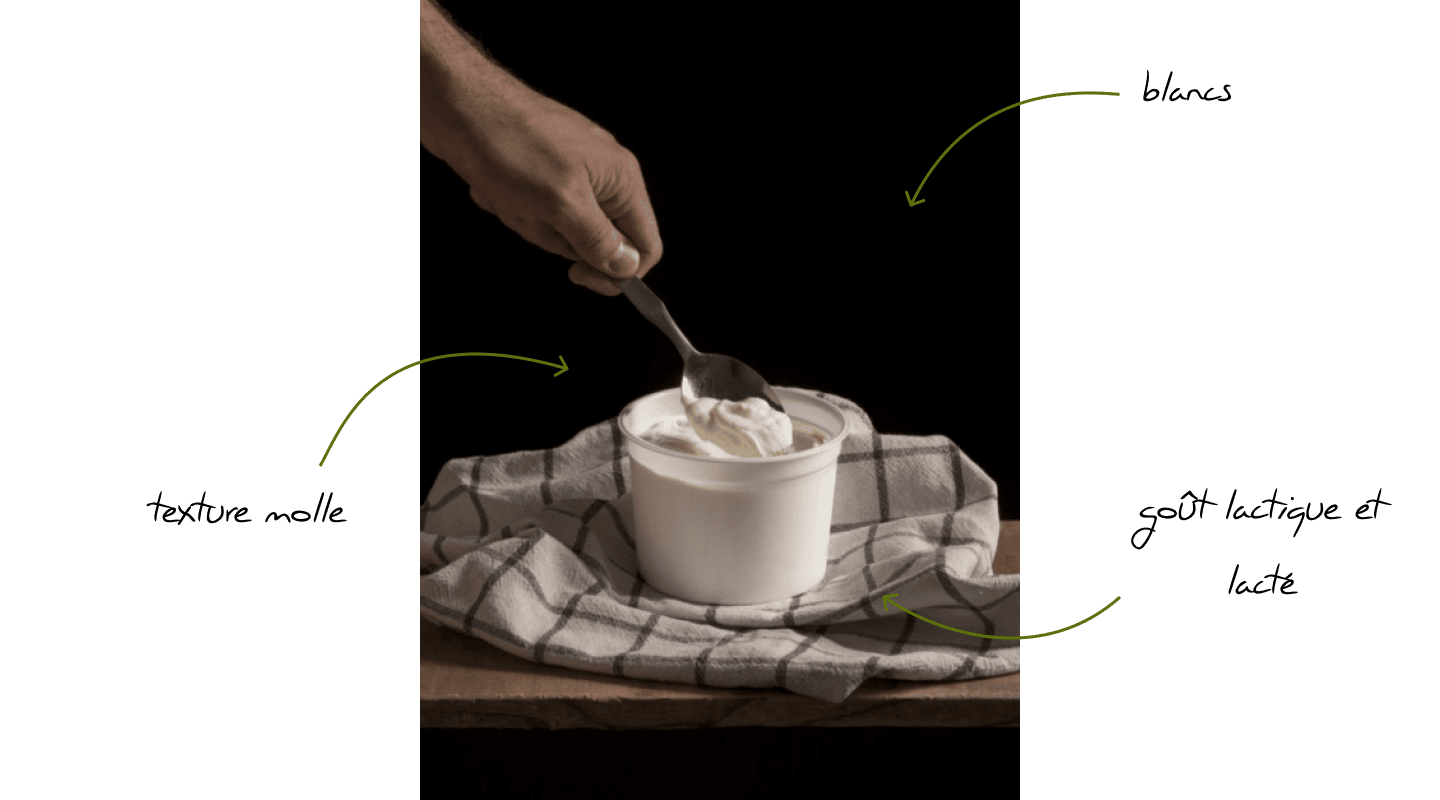
ExampleFaisselle, brousse, petit suisse, Fontainebleau, fromage blanc smooth and fromage blanc de campagne...
These are very mild cheeses, in their simplest form, and do not require long aging. They are very rich in moisture, very fragile and often need to be kept in a cool place.
There are so many different products in this family, and so many different fat and salt contents. Brocciu corse, a whey cheese, and tôme fraiche de l'Aubrac can also be included in this family.
These products can be found in our "Natural Creamery" category.
Natural rind lactics
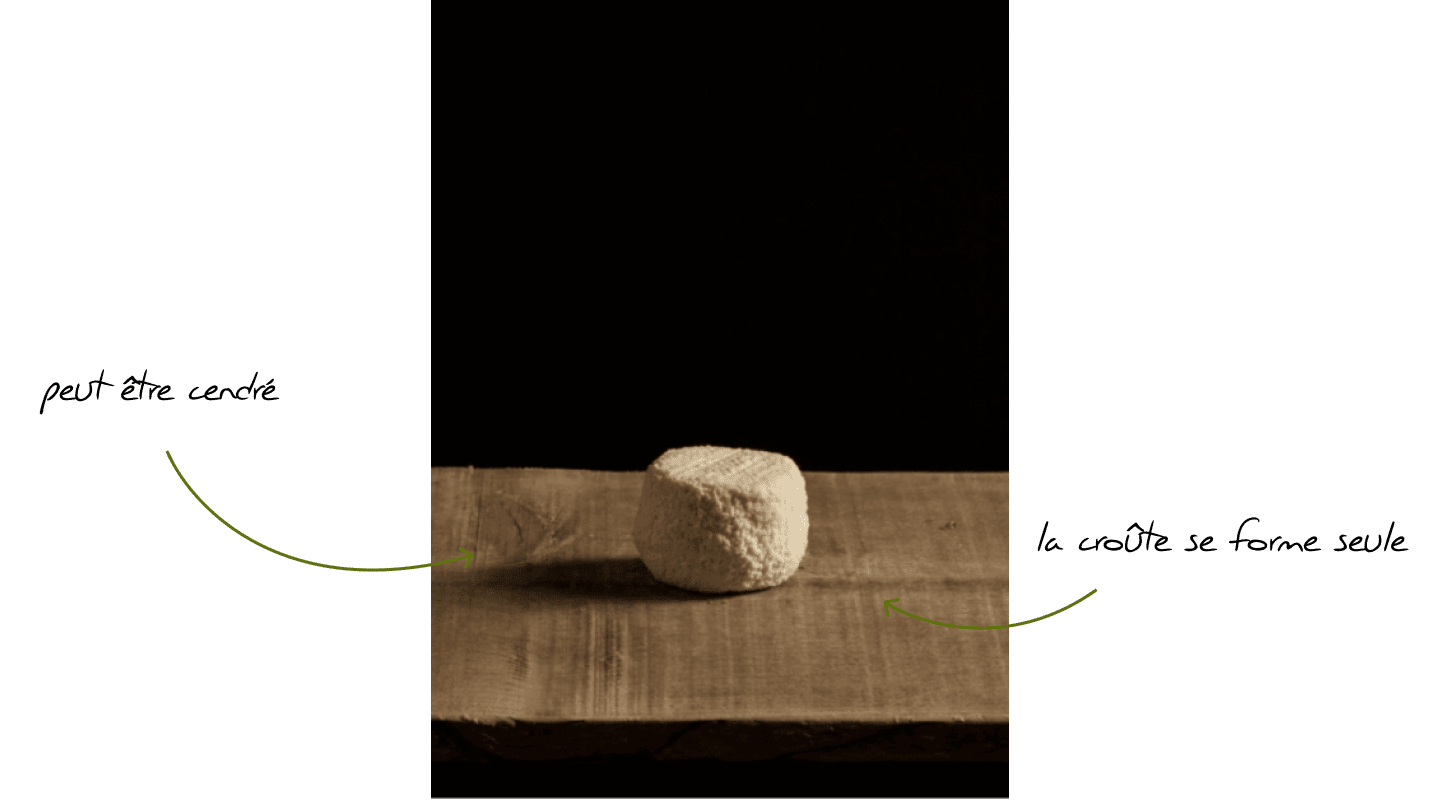
ExampleFrom goat's cheeses such as Banon, Crottin de Chavignol, Sainte-Maure and Rocadamour, widely represented in this family, to the no less famous Saint-Marcellin and the confidential Soumaintrain.
The technology used to produce this family of cheeses oscillates between that of a soft cheese with a bloomy rind and that of a soft cheese with a washed rind. The rind of these cheeses is formed naturally, or the cheese may be ashed (which helps to preserve it and lower its pH), sometimes wrapped in chestnut leaves or decorated with aromatic herbs.
Soft cheeses with bloomy rinds
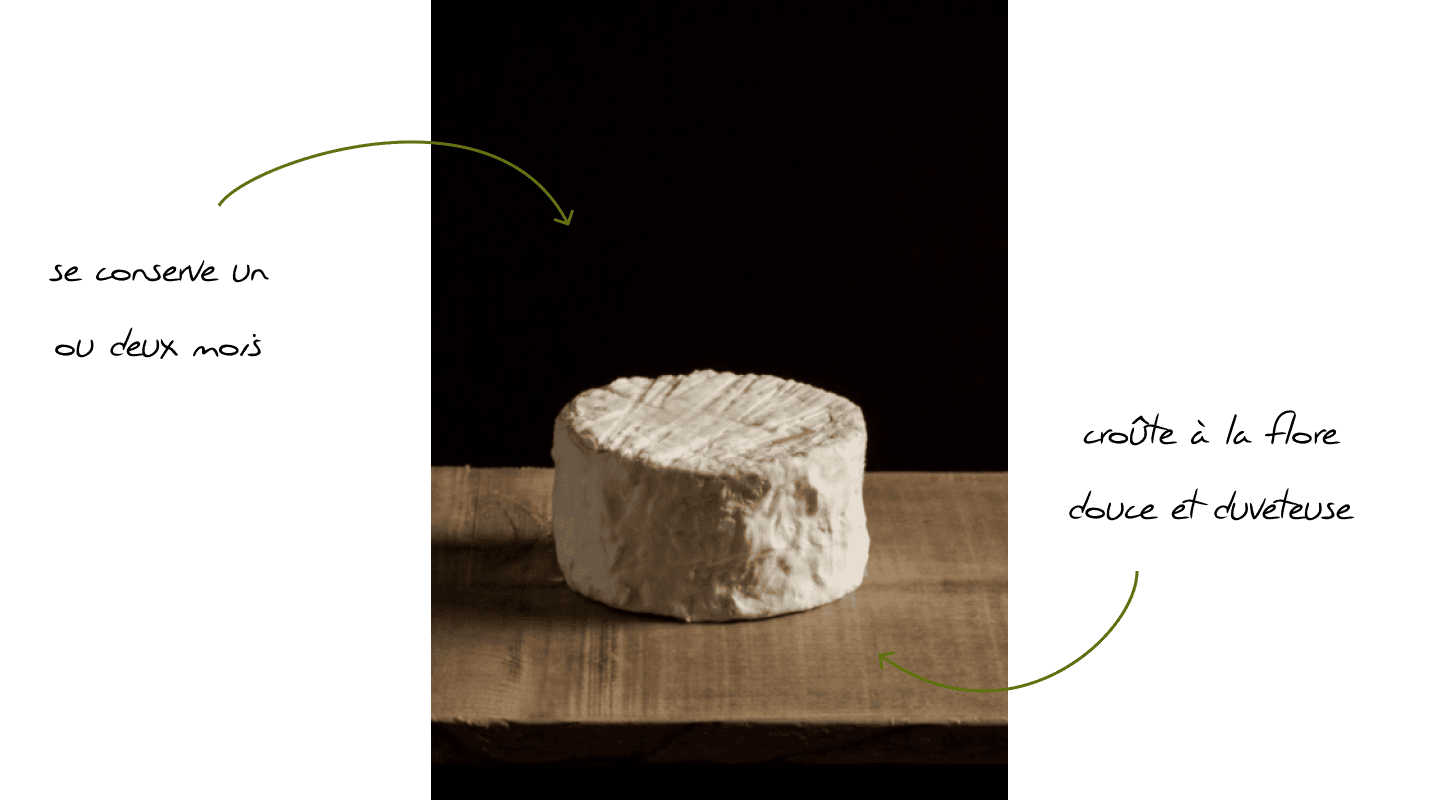
Example From Brie de Meaux to Brie de Melun, from Cœur de Neufchâtel to Chaource, or the famous Camembert de Normandie, but also from Brillat-Savarin to Coulommiers de Tradition ...
The rind of these cheeses has a soft, downy, cloud-like flora known as Peniciulium Camemberti or Penicilium Candidum. Further ripening will reveal brown spots, due to another Penicilium: powdery mildew. These cheeses can be kept for 1 to 2 months, once they have reached their optimum tasting stage (generally three weeks after production). Further maturing of these cheeses will enable you to discover real cheese nuggets such as Brie noir, a Brie matured for several months, candied, dry and with powerful aromas of undergrowth and mushrooms.
Soft washed-rind cheeses
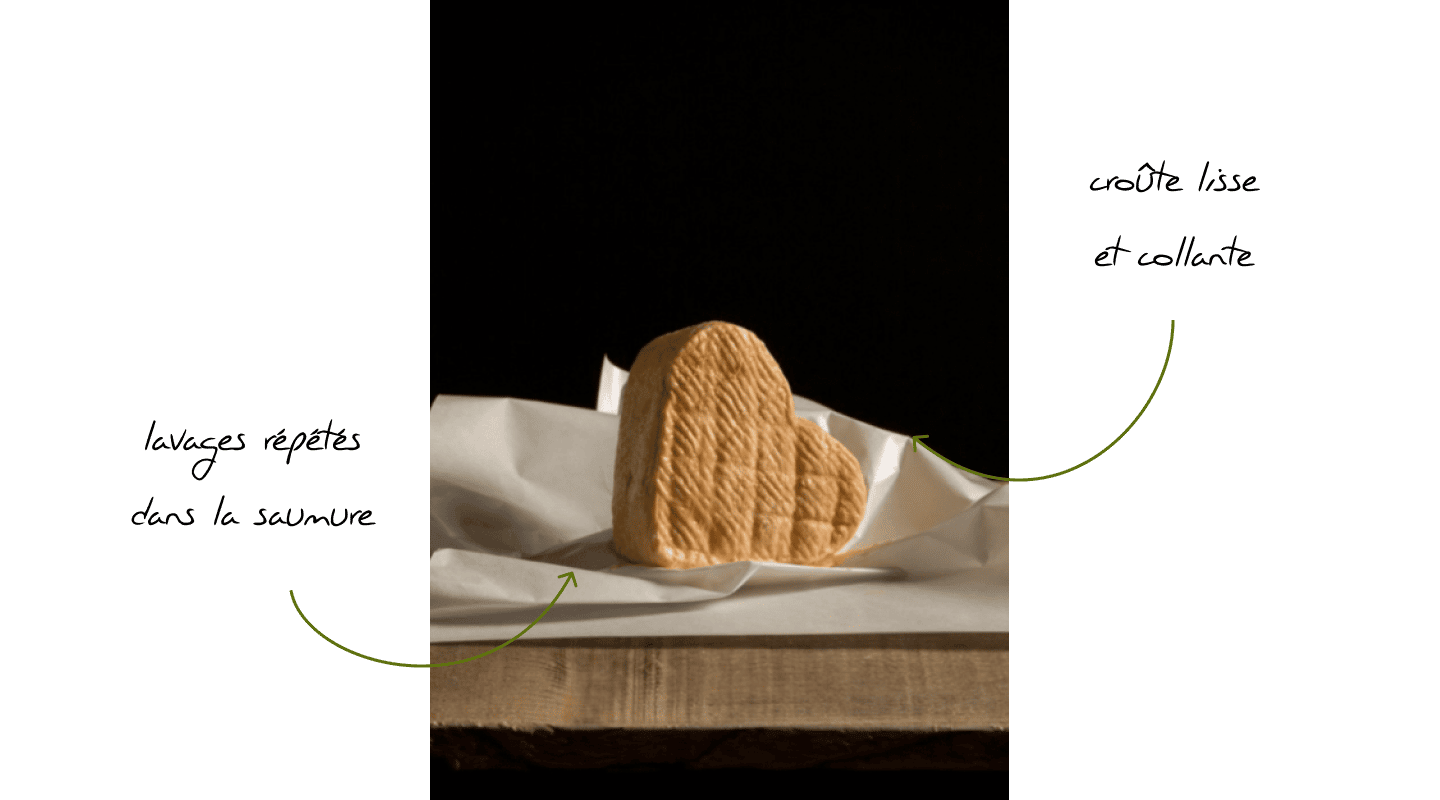
Example From the most famous of Hauts-de-France cheeses, Maroilles fermier au lait, to Epoisses coulant, not forgetting cheeses from Normandy, Pont L'Evêque, Livarot...
These cheeses can be recognized by their smooth, sticky rinds, ranging from golden yellow to brick-orange, and even deep brown. These characterful cheeses originated in abbeys, where monks adopted repeated washing techniques, whose conservation virtues are well proven, with neutral water, wine, beer, strong alcohol or in water saturated with salt, known as brine. There are as many different rewashing techniques as there are flavors developed with them. The common denominator is the development of a specific ferment known as brevibacterium linens or "red" ferment.
Pressed uncooked pasta
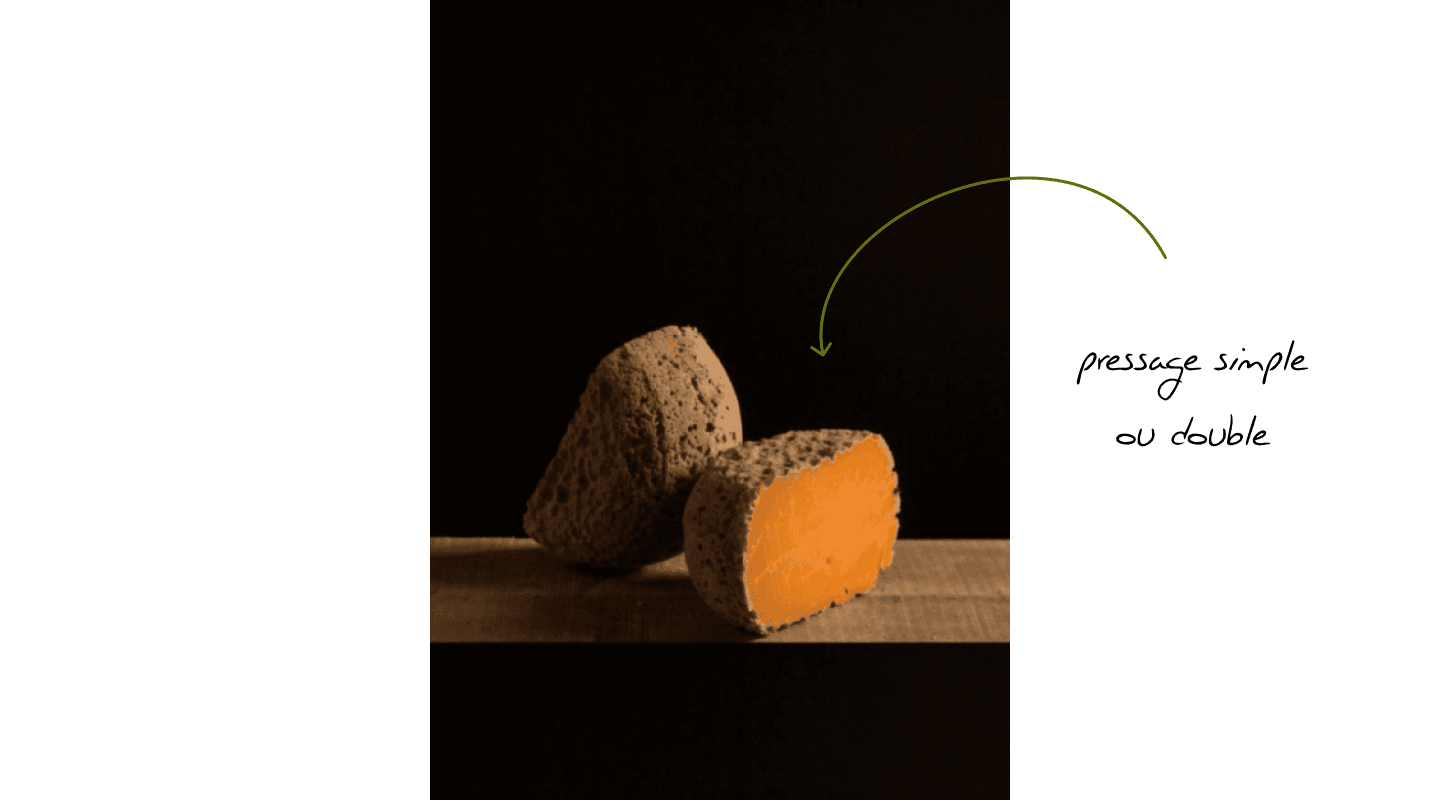
Example From Reblochon to Morbier, from Cantal to Saint-Nectaire fermier, from Ossau-Iraty to Raclette au lait cru, including extra-aged French Mimolette.
This family of cheeses is variable and disparate, with so many different ways of pressing the cheese, so many different molds, so many different techniques, and so many different terroirs proud of them. They are often medium-aged cheeses. During the cheese-making process, there is a pressing stage, as the name suggests. This can be single or double pressing.
Cooked pressed pasta
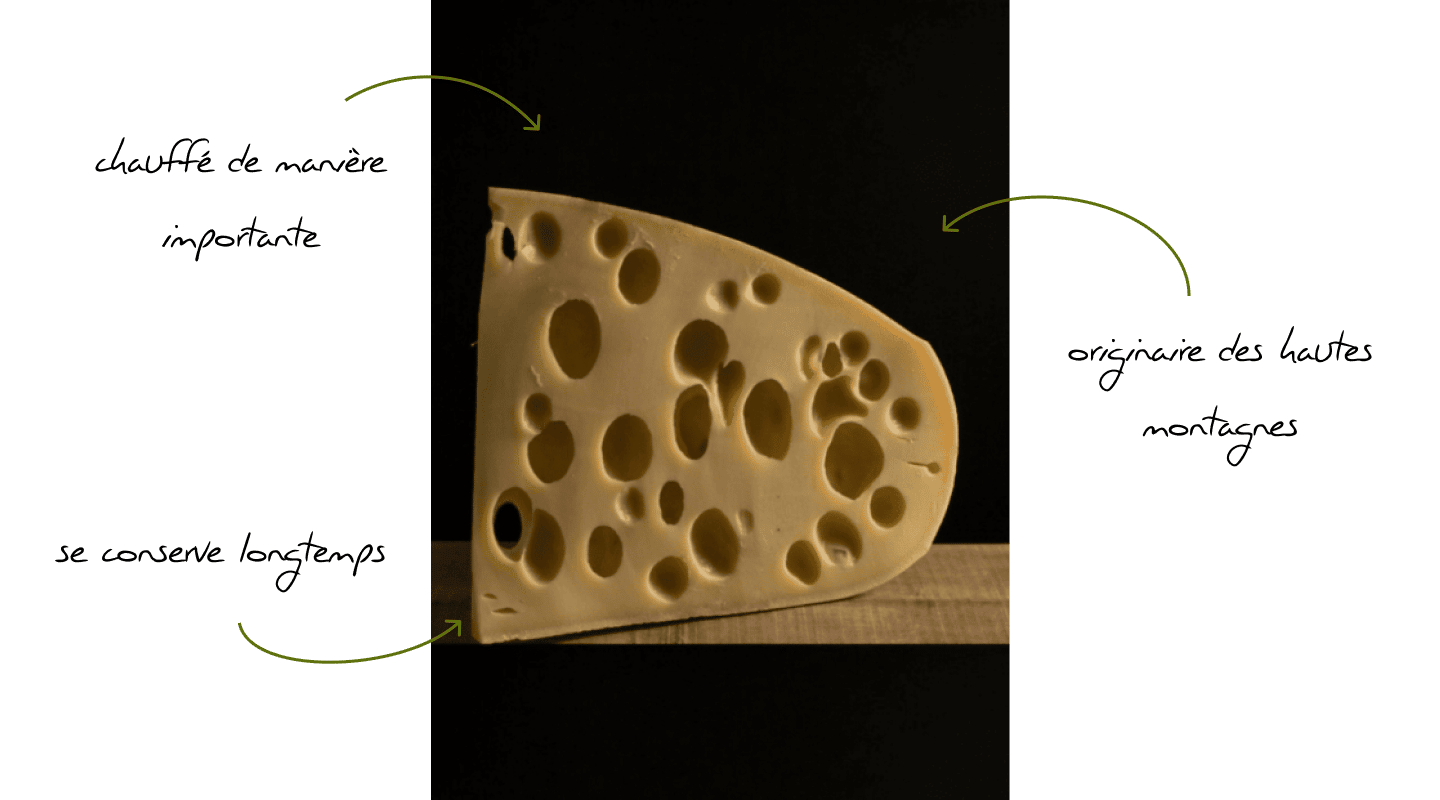
ExampleAbondance, Beaufort, Comté, Emmental, Swiss Gruyère... to name but a few!
These high-mountain cheeses, born of the need to preserve milk for a long time and to have something to eat during the harsh winter periods, are often large in size. They were transported on the backs of men or cattle, combined with work in the mountain pastures, and based on the principle of agricultural cooperatives such as the fruitières à Comté. An essential stage in the manufacture of these cheeses is the heating of the curds (between 50 and 58°C), which helps extract the whey. As a result, this family of cheeses has low moisture content, and can be kept for a long, even very long time, from one to three years. Parmigiano Reggiano can last even longer.
Blue-veined pasta
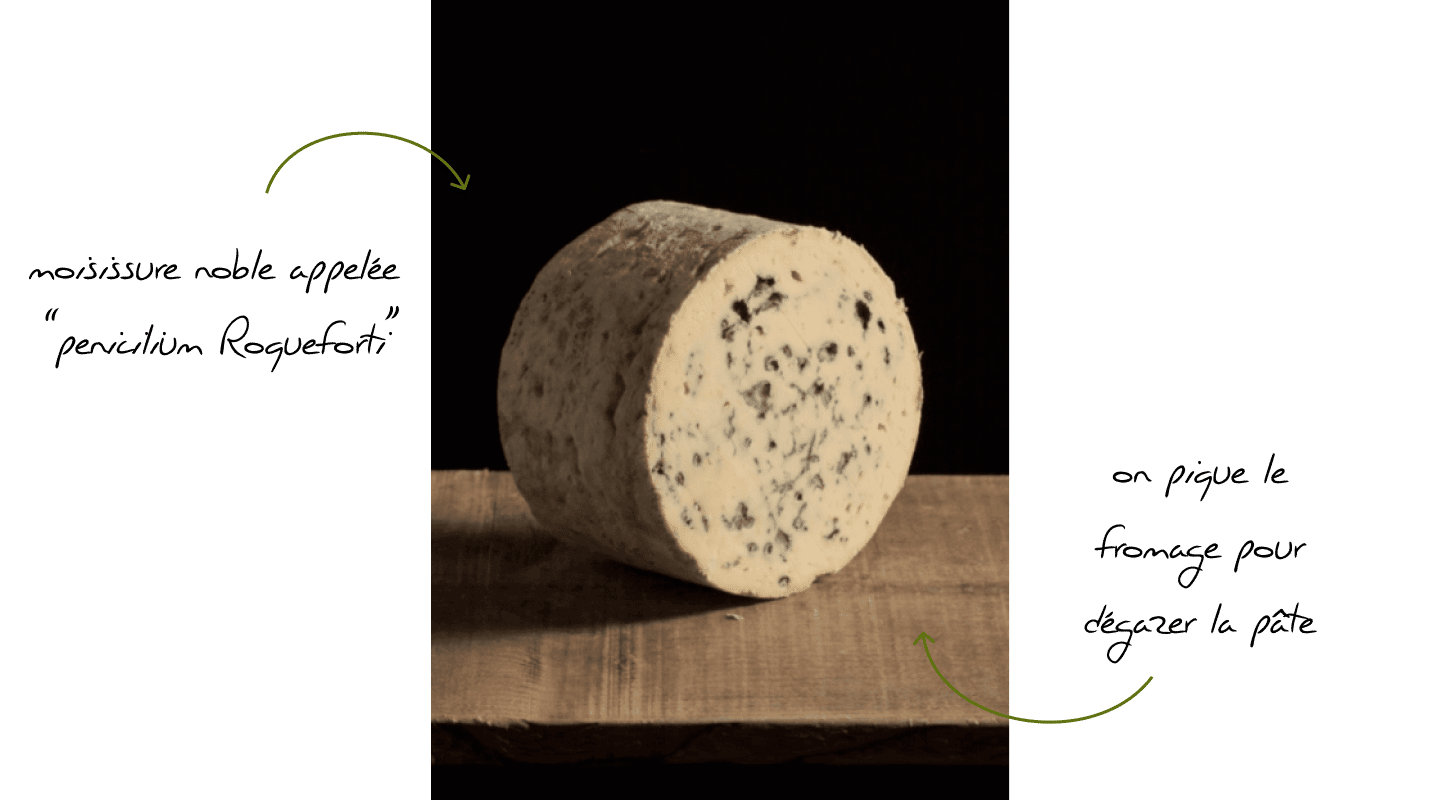
ExampleBleu d'Auvergne, Bleu de Gex, Fourme d'Ambert and Fourme de Montbrisson, Roquefort...
These soft cheeses, whose manufacture involves specific operations, contain the noble molds desired by producers, known asPenicilium Roqueforti or Penicilium Glaucum. These molds give the cheese its color, taste and uniqueness, often obtained by pricking the cheese to degas the paste and activate the blue color by letting oxygen through.
Processed cheeses
Like Cancoillotte, a sticky-textured cheese speciality from Franche-Comté, made from a mixture of metton (skimmed milk and curd) and water, with added butter. It's a low-fat cheese, perfect for enjoying even when you're on a diet, since its fat content varies between 7 and 13%.


